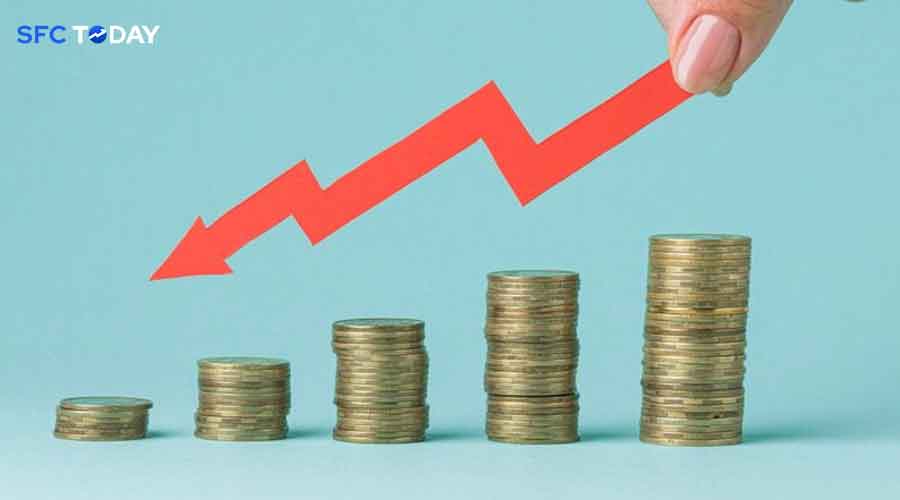Understanding high-yield bonds: Risks, rewards, and investment insights
High-yield bonds are part of the fixed-income security group and bear higher returns compared to their investment-grade counterparts. They are issued by companies with low credit ratings and, hence highly prone to default. Despite carrying higher risks, high-yield bonds can pay very handsome returns, thus being very attractive to those categories of investors who are willing and able to manage them. This article walks readers through the very essence of high-yield bonds, high-yield bonds risks, and rewards, and how to balance both.
Introduction to High-Yield Bond
High-yield bonds are bonds rated below BBB- by Standard & Poor’s or Baa3 by Moody’s. Such ratings signal a higher possibility of default, and therefore, high-yielding bonds have higher interest rates to account for this greater risk. High-yield bonds are most attractive to the opportunistic, who may be willing to assume relatively high levels of risk in pursuit of outsized returns.
Risks of High-Yield Bonds
1. Credit Risk
The most outstanding risk that is attached to high-yield bonds is credit risk. This simply entails the risk involved that the issuer may default on the debt. Companies that usually issue such kinds of bonds have weaker financial stability and are vulnerable to business cycles and other operational vagaries. This, therefore implies that there is a high probability of default compared to the investment grade bonds.
2. Market Risk
There is substantial market risk with high-yield bonds. The values of these bonds can show tremendous variations due to minor fluctuations in interest and the market perception of the issuing company’s credit quality. During times of economic uncertainty, such bonds could be comparatively much more volatile in affecting portfolio values.
3. Liquidity Risk
One more influential factor is liquidity risk. Junk bonds are less liquid, which basically means that they will be harder to sell quickly without affecting their price significantly. That might especially be a problem during downturns in the market, where one would like to cash in on riskier assets. The reduced marketability usually results in wider bid-ask spreads and less favorable conditions for selling.
4. Economic Sensitivity
High-yield bonds are strongly correlated with the economic cycle. In an upward economic cycle, companies are better placed to service their debt; hence, the possibility of default is reduced. In times of an economic downturn, the risk of default increases, causing possible losses for the investor.
5. Interest Rate Sensitivity
Although they are less sensitive to interest rate changes compared to investment-grade bonds, high-yield bonds certainly are not insensitive to the change. An increase in interest rates can result in a decline in bond prices, hence lowering the overall return on investment. A clear eye should be on trend interest rates and their impacts on high-yield bond prices.
Rewards of High-Yield Bonds
1. Higher Yields
The most important reward of high-yield bonds is their higher interest rates. These bonds generally have yields much higher than those of investment-grade bonds, thus making them very attractive to investors seeking an improved income stream.
2. Diversification
High-yield bonds could add significant diversification to a portfolio. Their returns usually demonstrate a low correlation with other classes of assets, which might help lessen the volatility of the overall portfolio. Diversification across sectors and issuers minimizes the effect any single bond can have by default.
3. Capital Appreciation Potential
In such a scenario, high-yield bonds can help an investor reap capital appreciation, particularly during expansionary periods of the economy. Prices for such bonds go up with decreasing risk premiums demanded by investors to result in capital gains. This additional potential return may be helpful to the investor.
4. Recovery Rates
Historically, this asset class has shown relatively high recovery rates in case of an event of default compared to other types of debt. Even if a company goes bankrupt, investors may recover a portion of their investment, which can help them minimize losses.
5. Less Interest Rate Sensitivity
Compared with investment-grade bonds, high-yield bonds are generally less interest rate-sensitive. In terms of price performance, they may be much more driven by business and credit performance at the issuing company, rather than by broad changes in interest rates. In a rising interest rate environment, this can provide some stability.
Balancing Risk and Reward
High-yield bond investment involves the assessment of the creditworthiness of the company issuing the bonds and also the economic situation at large. One of the most critical risk management methods is diversification. This means a spread of investment across various sectors and different issuers to minimize the impact on the entire portfolio in case of default of any particular company. Having a well-researched and balanced investment approach will also help the investor sail through the intrinsic risks associated with investing in high-yield bonds.
Conclusion
High-yield bonds are one of the most complex packages of risk and reward. Associated with a higher possibility of default and greater high-yield bond market volatility, they nevertheless carry higher yields and have possible capital appreciation. Thus, for investors who have a greater tolerance for risk, high-yield bonds can be a very useful component in a portfolio diversified across a broad variety of assets. Thorough due diligence and strategic diversification would enable investors to manage the risks while leveraging the rewards inherent in high-yield bonds.







